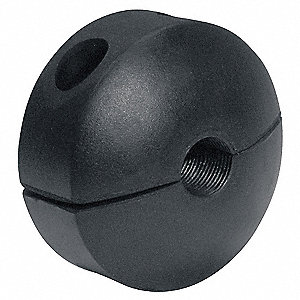Rolacycle
- 26
- 12
Yes closer to lifting limit height the MA will completely disappear. But once it’s raised and off ground all I have to do is stop pulling it up when it gets heavierLnewqban said:I believe that this will be the limit to the effective MA of P6:
When the angle of the ropes running through a pulley are at 0 degrees, the force will be doubled.
When the angle of the running lines is not 0 degrees, the effectiveness of the pulleys is diminished.
When the angle of the running lines reaches 120 degrees, there is no more mechanical advantage in that pulley.
Look for "120-degree rule" here:
https://www.frostburg.edu/faculty/r...s_preppers_chapters/Ch15-PulleySystems_v2.pdf
View attachment 258210
Last edited:
